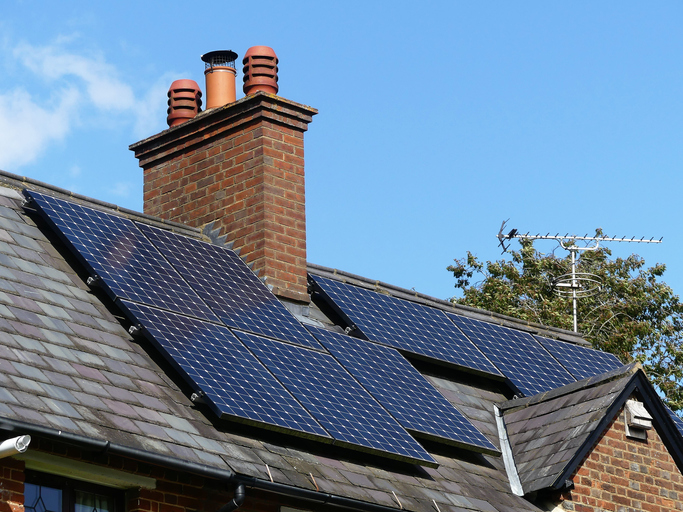By Tom Elias, Columnist
Only rarely does the California Public Utilities Commission, long known as the least responsive agency in state government to consumer concerns, return to the drawing board once it proposes a problem “solution.”
That’s partly because when the utilities commission (the PUC) floats ideas, it is essentially proposing them to itself; the five commissioners charged with coming up with ideas are also the ones with the votes to impose them on every affected Californian.
So the new rooftop solar rules the commission proposed in November are very unusual: An almost completely reworked proposal that hopes to keep rooftop energy expanding, but also to bring more equity for electricity consumers unable to pay for rooftop solar or living in apartments, condominiums and other places not suited for it.
The originally proposed new rules, offered in late 2021, sought to cut payments by 80 percent to solar rooftop owners for excess power their panels generate which is sent to the overall state power grid, and thus increases renewable energy supplies for everyone. They also aimed to charge rooftop solar owners a fee of about $60 per month for linking to the grid, which lets them draw power when solar linked storage batteries run dry.
Since most solar rooftop owners pay upwards of $20,000 for panels and installation in order to avoid monthly electric bills, this plan promised to cut installations vastly. That would put about 67,000 installer and manufacturing jobs at risk, while slowing California’s march toward 100 percent renewable electricity.
Consumer groups and solar rooftop owners howled. Soon, Gov. Gavin Newsom, who appoints PUC members to staggered six-year terms but cannot fire them once they’re confirmed by the state Senate, joined the chorus.
So, in a virtually unprecedented move, the commissioners pulled back their plan from the brink of adoption, promising to create a revised proposal.
The new plan would still cut what solar owners are paid for excess energy, but not as much. This is their sop to advocate for utility customers unable to afford or install rooftop solar. The new rules would apply mostly to new rooftop solar owners.
Some advocates for non-rooftop electric customers have complained they pay monthly to maintain the state’s grid, while solar owners who link to that grid for emergency use don’t help with that cost.
At the same time, the new plan eliminates the proposed $60 monthly fee.
So this is a compromise. It does not make anyone very happy, but was fair enough to avoid the kind of withering criticism that drew Newsom to oppose the previous proposal.
The new plan’s exact reduction in what each solar owner can get for excess power will be based on the state’s “avoided cost” calculator, which figures how much solar owners save on electric bills each month.
Rooftop solar advocates like the Oakland-based Center for Biological Diversity, concede the new plan is an improvement, but oppose the reductions in electricity prices paid to owners.
The avoided cost calculator, it says, “ignores many benefits of (solar returned to the grid)…such as (improved) grid reliability, reduction in greenhouse gas and air pollution and local economic benefits including job creation.”
That likely will not convince the commissioners, who appear bent on imposing their new plan in a scheduled Dec. 16 meeting.
And yet, the new plan is the first sign in many years that the PUC may occasionally listen to consumers, rather than only utility companies. The commission has been widely criticized for more than 50 years for favoring companies like Pacific Gas & Electric, Southern California Edison and San Diego Gas & Electric over their customers.
This time, with all three of those companies firmly behind the original version of the new rooftop solar rules because it would have eliminated their payments to small solar owners, the PUC has bent a bit to a specific group of consumers, the residential solar owners.
That still leaves the PUC far short of looking after the interests of most utility customers, as the new responsiveness mainly benefits a group with above-average wealth.
Which makes the new solar metering plan an improvement, but does not lessen big doubts about the commission’s responsiveness.
Email Thomas Elias at tdelias@aol.com. His book, “The Burzynski Breakthrough, The Most Promising Cancer Treatment and the Government’s Campaign to Squelch It,” is now available in a soft cover fourth edition. For more Elias columns, visit www.californiafocus.net













